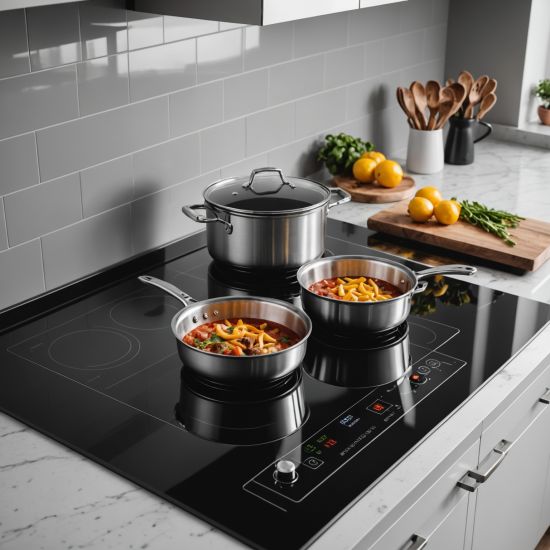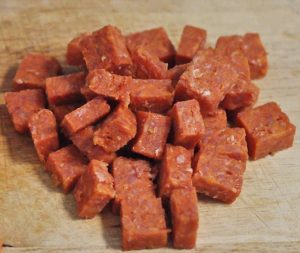Induction Stoves vs. Conventional Electric Stoves: A Detailed Comparison

Choosing between an induction stove and a conventional electric stove can be tricky. Both use electricity to heat your cookware, but their methods differ significantly, leading to a range of performance and safety variations. This article will delve into the key distinctions between these two popular cooking appliance types.
Induction Stoves: The Future of Cooking?
Induction stoves utilize electromagnetic fields to directly heat the cookware itself. A coil beneath the glass surface generates a rapidly alternating magnetic field. When a ferrous (iron-containing) pot or pan is placed on the coil, this field induces eddy currents within the metal, generating heat almost instantly. The cooking surface itself remains relatively cool to the touch, except for the area directly under the cookware. This technology offers several advantages in terms of speed, efficiency, and safety. Many high-end models offer features like precise temperature control and quick heating/cooling cycles. For example, the Bosch 800 Series Induction Cooktop is a popular example of a high-performance induction cooktop.
Conventional Electric Stoves: The Reliable Standard
Conventional electric stoves use heating elements, typically made of coiled wires, embedded beneath the stovetop surface. These elements glow red-hot when energized, transferring heat to the cookware through conduction. This method is slower, less efficient, and can lead to residual heat lingering after the stove is turned off. Although simpler in design and often more affordable upfront, the energy consumption is significantly higher compared to induction. A common example of a conventional electric stove can be found at most major appliance retailers.
| Feature | Induction Stove | Conventional Electric Stove |
|---|---|---|
| Heating Method | Electromagnetic Induction | Radiant Heat from Heating Elements |
| Heating Speed | Extremely Fast | Slow |
| Energy Efficiency | High (Up to 90% efficient) | Low (around 50-60% efficient) |
| Surface Temperature | Remains mostly cool | Gets very hot |
| Cookware Compatibility | Requires ferrous metal cookware | Works with most cookware |
| Safety | Safer (lower risk of burns) | Higher risk of burns |
| Cost | Generally More Expensive | Generally Less Expensive |
| Cleaning | Easy to clean smooth glass surface | Can be harder to clean around elements |
Key Differences Summarized:
While both induction and conventional electric stoves achieve the same end goal – cooking food – their fundamental differences significantly impact cooking experience and efficiency. Induction stoves offer superior speed, efficiency, and safety due to their direct-heating method. The rapid heating and precise temperature control allows for more controlled cooking. Conventional electric stoves, on the other hand, are more affordable initially but come with slower heating times, lower energy efficiency, and increased safety concerns related to high surface temperatures. Ultimately, the best choice depends on individual needs and budget, but the advanced features and energy savings of induction often make it a worthwhile investment in the long run.







